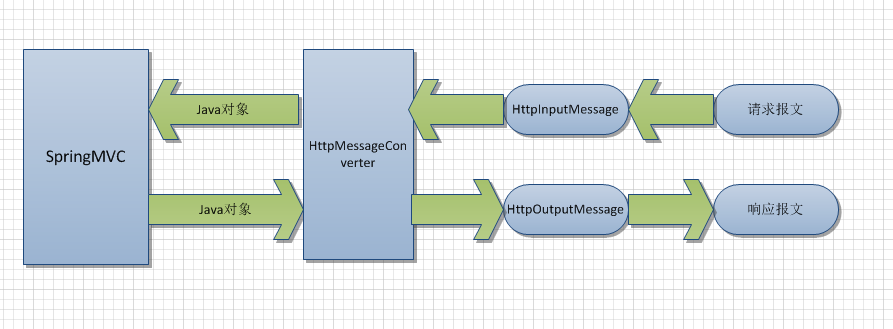How does return work in try, catch, finally in Java?(在 Java 中,try、catch 和 finally 中的 return 是如何工作的?)
问题描述
我无法准确理解 return 在 try、catch 中的工作原理.
I can't understand exactly how return works in try, catch.
- 如果我有
try和finally而没有catch,我可以将return放入try块. - 如果我有
try、catch、finally,我不能把return放在尝试块. - 如果我有一个
catch块,我必须将return放在try、catch之外,finally块. - 如果我删除
catch块和throw Exception,我可以将return放在try块内.
- If I have
tryandfinallywithoutcatch, I can putreturninside thetryblock. - If I have
try,catch,finally, I can't putreturnin thetryblock. - If I have a
catchblock, I must put thereturnoutside of thetry,catch,finallyblocks. - If I delete the
catchblock andthrow Exception, I can put thereturninside thetryblock.
它们究竟是如何工作的?为什么我不能将 return 放在 try 块中?
How do they work exactly? Why I can't put the return in the try block?
带有try、catch、finally
public int insertUser(UserBean user) {
int status = 0;
Connection myConn = null;
PreparedStatement myStmt = null;
try {
// Get database connection
myConn = dataSource.getConnection();
// Create SQL query for insert
String sql = "INSERT INTO user "
+ "(user_name, name, password) "
+ "VALUES (?, ?, ?)";
myStmt = myConn.prepareStatement(sql);
// Set the parameter values for the student
myStmt.setString(1, user.getUsername());
myStmt.setString(2, user.getName());
myStmt.setString(3, user.getPassword());
// Execute SQL insert
myStmt.execute();
} catch (Exception exc) {
System.out.println(exc);
} finally {
// Clean up JDBC objects
close(myConn, myStmt, null);
}
return status;
}
带有 try 的代码,finally 没有 catch
Code with try, finally without catch
public int insertUser(UserBean user) throws Exception {
int status = 0;
Connection myConn = null;
PreparedStatement myStmt = null;
try {
// Get database connection
myConn = dataSource.getConnection();
// Create SQL query for insert
String sql = "INSERT INTO user "
+ "(user_name, name, password) "
+ "VALUES (?, ?, ?)";
myStmt = myConn.prepareStatement(sql);
// Set the parameter values for the student
myStmt.setString(1, user.getUsername());
myStmt.setString(2, user.getName());
myStmt.setString(3, user.getPassword());
// Execute SQL insert
myStmt.execute();
return status;
} finally {
// Clean up JDBC objects
close(myConn, myStmt, null);
}
}
推荐答案
是的,很混乱.
在Java中,非void函数的所有程序控制路径必须以return结束,或抛出异常.这条规则说得很好,很简单.
In Java, all program control paths of a non-void function must finish with a return, or throw an exception. That's the rule put nice and simply.
但是,令人憎恶的是,Java 允许您将 extra return 放在 finally 块中,这会覆盖之前遇到的任何 返回:
But, in an abomination, Java allows you to put an extra return in a finally block, which overrides any previously encountered return:
try {
return foo; // This is evaluated...
} finally {
return bar; // ...and so is this one, and the previous `return` is discarded
}
这篇关于在 Java 中,try、catch 和 finally 中的 return 是如何工作的?的文章就介绍到这了,希望我们推荐的答案对大家有所帮助,也希望大家多多支持编程学习网!
本文标题为:在 Java 中,try、catch 和 finally 中的 return 是如何工作的?


- 从 finally 块返回时 Java 的奇怪行为 2022-01-01
- Eclipse 插件更新错误日志在哪里? 2022-01-01
- Spring Boot连接到使用仲裁器运行的MongoDB副本集 2022-01-01
- Safepoint+stats 日志,输出 JDK12 中没有 vmop 操作 2022-01-01
- Jersey REST 客户端:发布多部分数据 2022-01-01
- 将log4j 1.2配置转换为log4j 2配置 2022-01-01
- C++ 和 Java 进程之间的共享内存 2022-01-01
- value & 是什么意思?0xff 在 Java 中做什么? 2022-01-01
- Java包名称中单词分隔符的约定是什么? 2022-01-01
- 如何使用WebFilter实现授权头检查 2022-01-01





